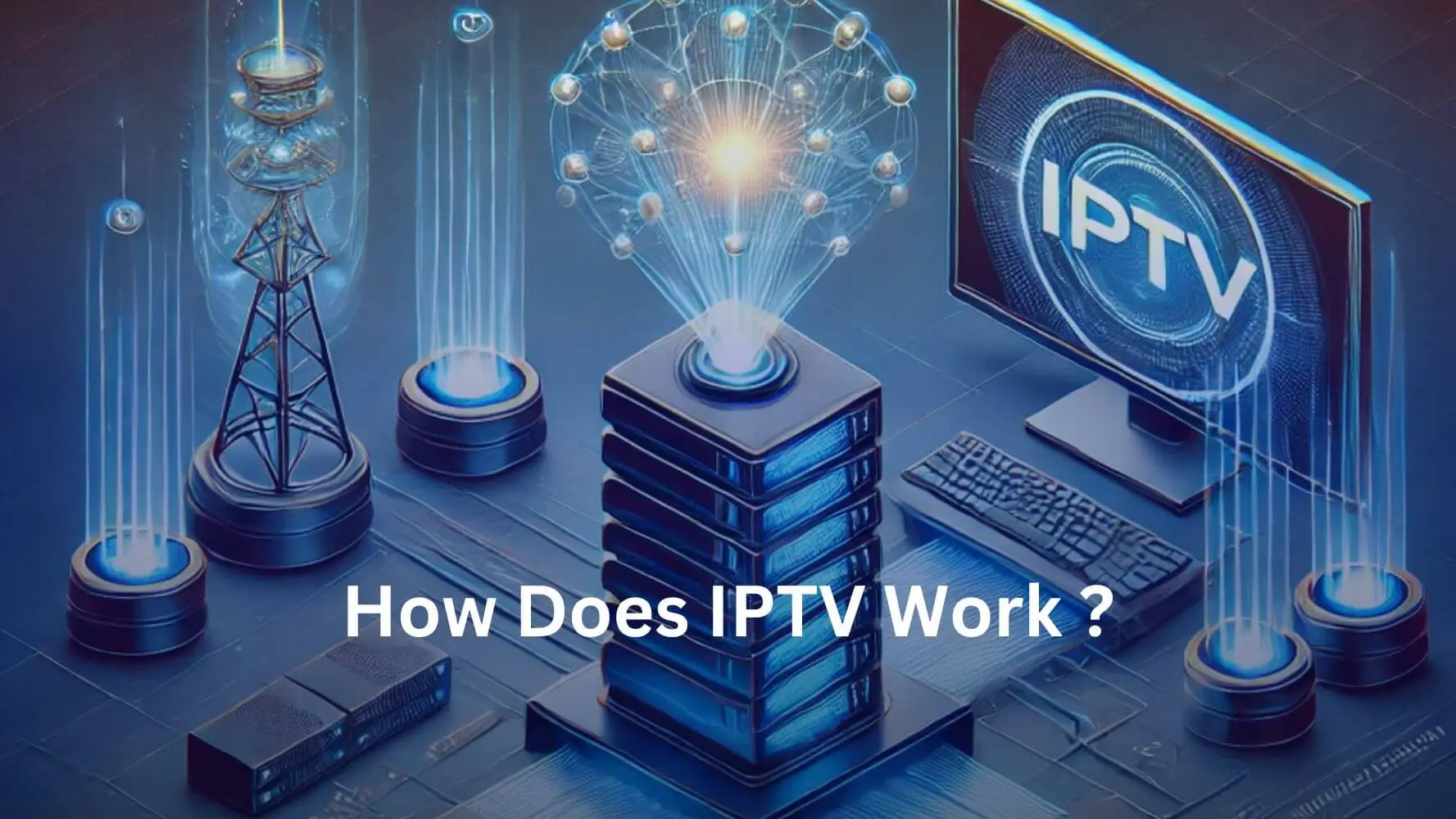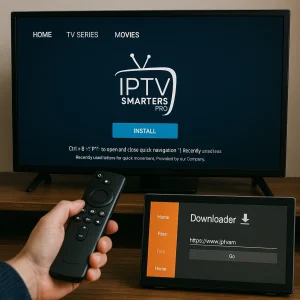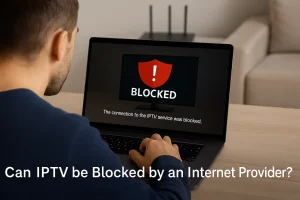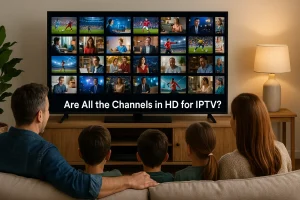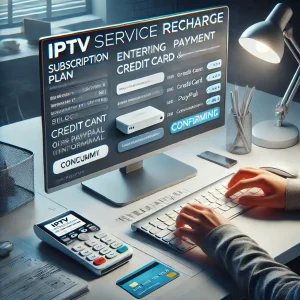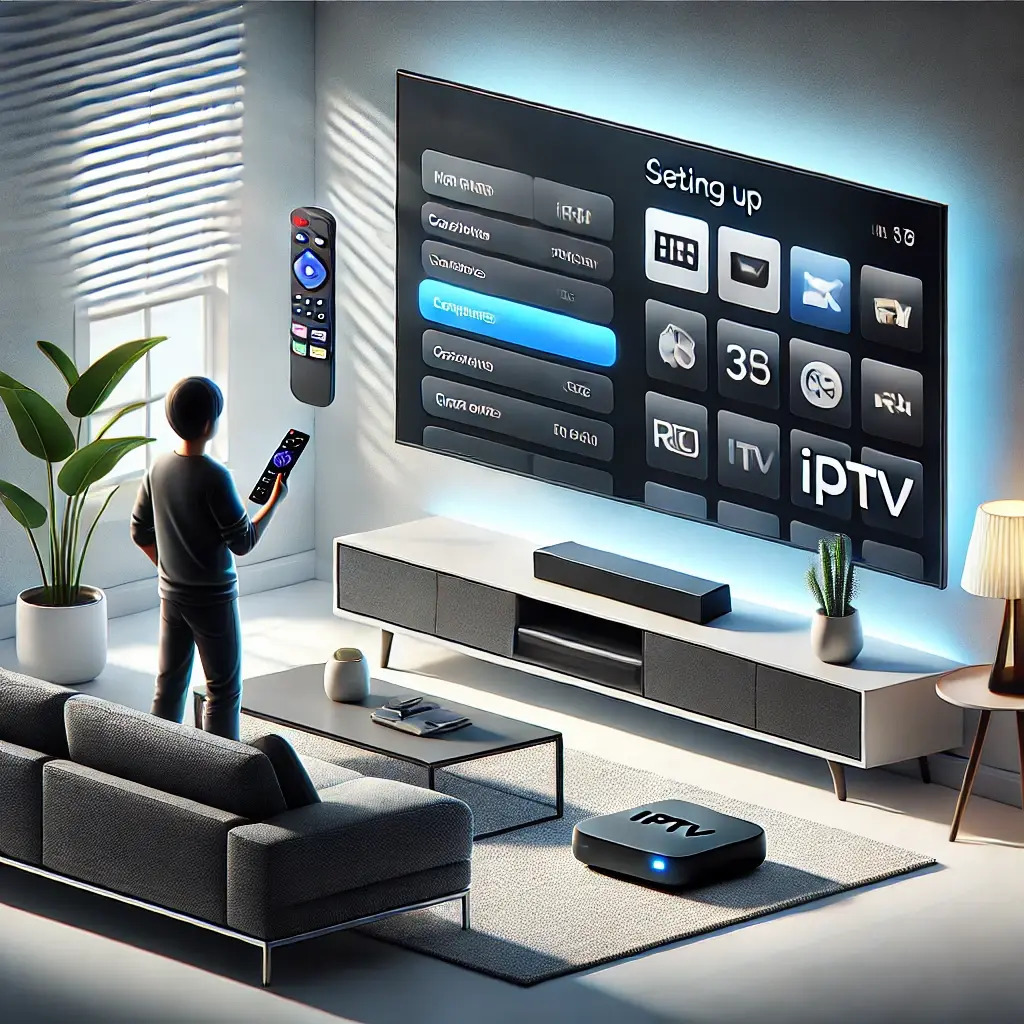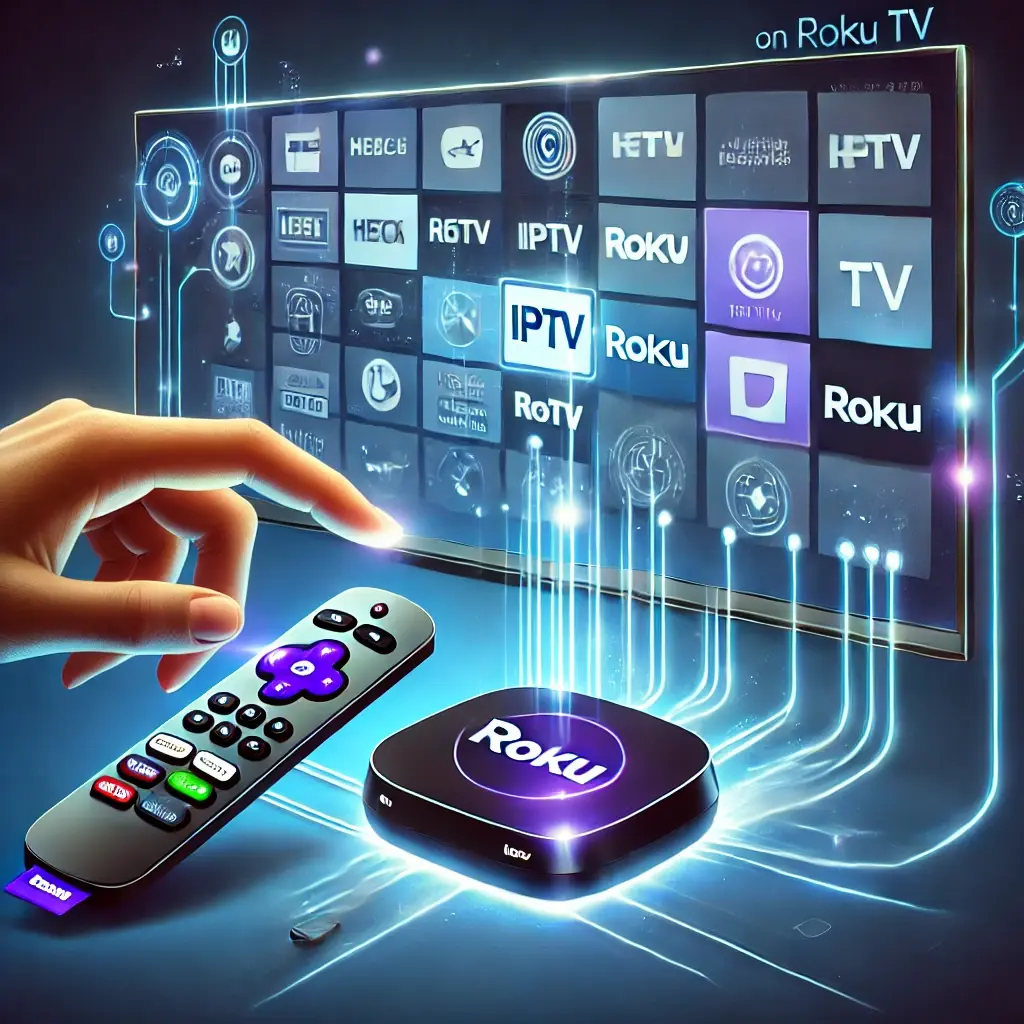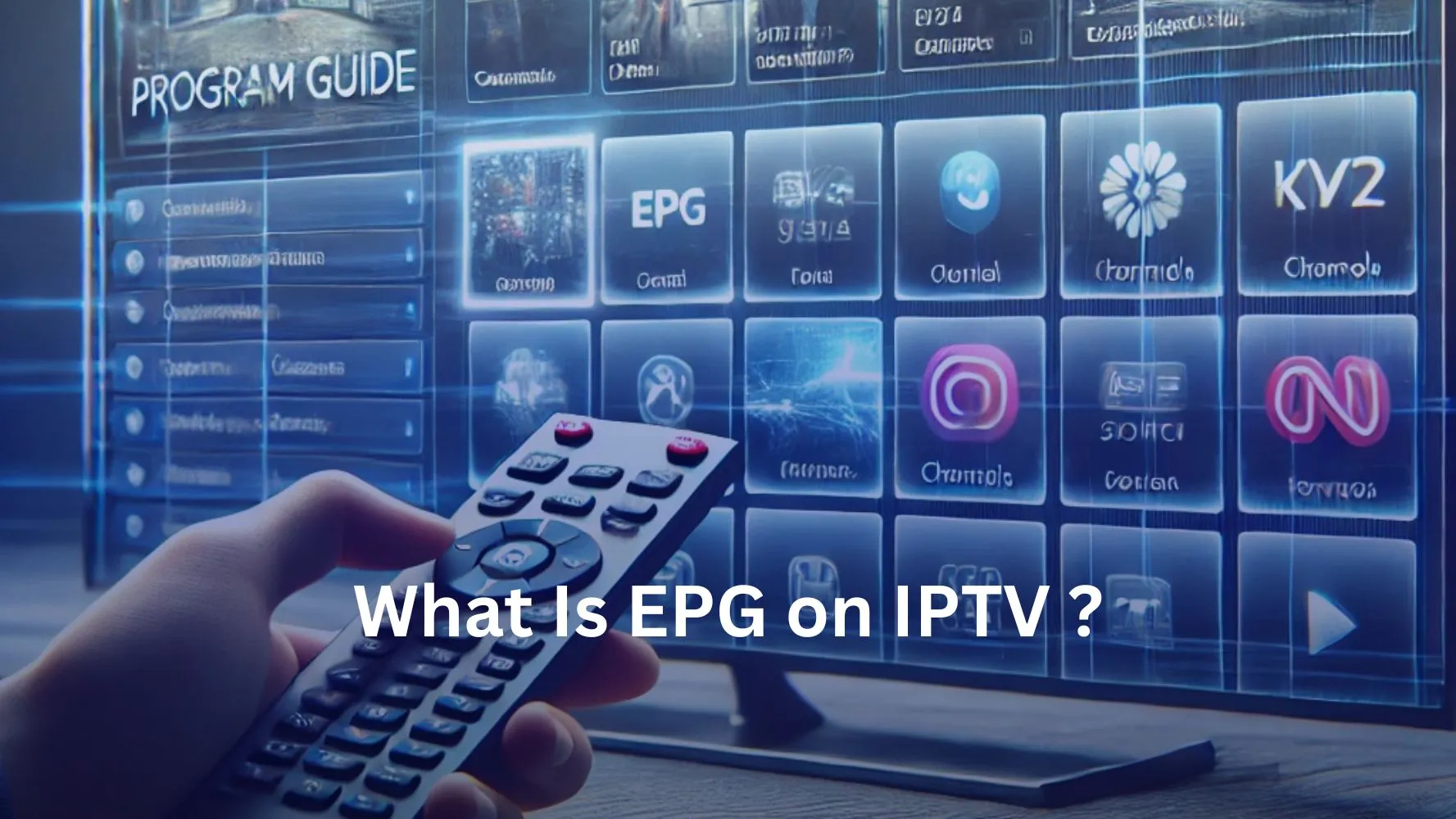IPTV fetches your requested TV content, compresses it into IP data packets, and transmits them via fiber-optic cables to your local internet provider. Your IPTV box or device then receives the packets, decodes them, and displays the content on your TV screen.
If you’re wondering how does IPTV work?, this process allows for seamless streaming of live TV and on-demand content directly to your devices.
Multicasting efficiently distributes the same content to multiple users at once. IPTV’s centralized architecture and advanced protocols enable a wide selection of channels, superior flexibility, and personalized viewing experiences. Let’s explore the details of how IPTV providers like IPTV Brampton works.
What Is IPTV?
IPTV, or Internet Protocol Television, is a technology that delivers television content over an IP-based network, allowing you to access live channels, on-demand, and time-shifted TV programming.
Unlike traditional television, IPTV streams video content directly to your device, such as a smart TV, set-top box, or mobile device.
This technology enables IPTV providers to offer a wide range of features, including pause, rewind, and fast-forward capabilities, as well as personalized recommendations and extensive libraries of on-demand content.
IPTV Architecture and Components
To understand how IPTV delivers content to your device, let’s explore its architecture and components. IPTV’s centralized system encodes live TV channels and on-demand content, encrypts it, and transmits it as IP multicast streams via the internet to local service providers.
The distributed architecture utilizes regional servers for efficient content delivery and scalability. Your IPTV service relies on technologies like MPEG-4 video compression, IP multicast, and Quality of Service protocols to ensure high-quality streaming.
To access the content on your TV, you’ll need a set-top box or compatible device to decode the IP data. The IPTV architecture’s components work together to deliver a seamless Internet Protocol Television experience, from the content sources to your living room.
Content Delivery Process
Once you’ve selected your desired content, IPTV’s sophisticated delivery process springs into action. IPTV service providers fetch the requested media content, breaking it down into compressed IP data packets.
These packets are transmitted through fiber-optic cables to your local internet service provider. Your IPTV box or compatible device receives the packets, decodes them, and displays the content on your TV screen.
IPTV services use multicast technology to efficiently distribute the same content, such as live TV channels, to multiple users simultaneously over a high-speed internet connection.
This allows users to watch their favorite shows with higher quality and reliability compared to traditional streaming services that rely on the open internet infrastructure, ensuring a superior viewing experience.
Advantages of IPTV Over Traditional TV
Dive into the world of cutting-edge television with IPTV, which offers a host of advantages over traditional TV. You can watch a wider selection of channels and content through different IPTV services, as they’re not limited by physical infrastructure constraints.
Internet Protocol (IP) technology enables IPTV streaming services to provide live TV, Video on Demand (VOD), and the ability to watch previously broadcasted shows, making IPTV different from traditional linear broadcasting.
With an efficient content delivery network, IPTV offers superior flexibility, allowing you to access on-demand content and control live TV playback.
You’ll enjoy personalized viewing experiences, higher-quality video and audio, and often more cost-effective subscriptions compared to cable or satellite TV.
Types of IPTV Services
IPTV services come in various forms, each catering to different viewing preferences and content consumption habits. Live TV enables real-time viewing of channels, while video-on-demand (VOD) allows you to access a library of stored content anytime. Time-shifted TV lets you watch previously aired shows later, providing flexibility.
Transactional VOD (TVOD) follows a pay-per-view model, subscription VOD (SVOD) offers library access for a monthly fee, and advertising-supported VOD (AVOD) provides free content with ads. These IPTV service types accommodate diverse user needs, from live viewing to on-demand access, with different payment models.
Whether you prefer real-time broadcasts, catching up on past shows, or exploring a content library, IPTV has a service tailored to your viewing habits.
Frequently Asked Questions
Is IPTV Legal in the USA?
The legality of your IPTV usage in the USA depends on the provider’s licensing and compliance with content distribution laws. Ensure you’re subscribed to a reputable service adhering to industry guidelines and government regulations to avoid legal issues.
What Do You Need for IPTV to Work?
To set up IPTV, you’ll need a reliable high-speed internet connection (25+ Mbps), a compatible streaming device or smart TV, and a subscription to an IPTV service. Follow the provider’s installation guide to configure your hardware.
How Much Is IPTV per Month?
IPTV subscription costs vary by provider, with monthly rates ranging from $10 to $50+. Pricing depends on channel packages, bundle options, and service fees. Most providers offer tiered plans and flexible billing cycles to fit your budget.
How Does IPTV Work Technically?
IPTV employs video compression techniques, internet protocol specifications, and content delivery networks in a server-client architecture. It utilizes video streaming protocols, digital rights management, and user authentication methods while considering network bandwidth requirements, content buffering strategies, and device compatibility.

